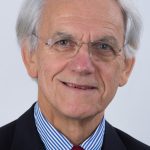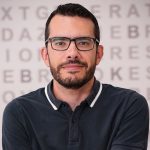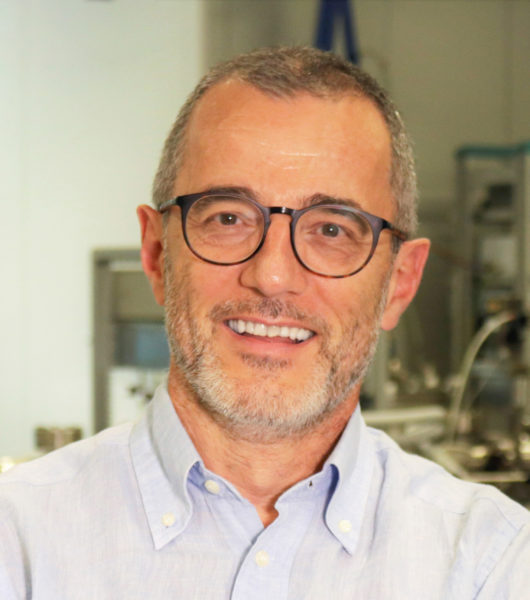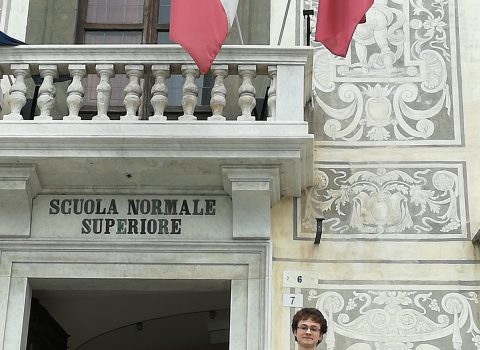WORKING WITH A NOBEL PRIZE LAUREATE
Antonino Picciotto deals with developing silicon devices for industrial and research applications at Povo-based FBK. He signed one of his studies with Gérard Mourou, the winner of the 2018 Nobel Prize in Physics
(v.l.) “Do not take me an overly solemn interview because I’m not used to them”. Antonino Picciotto, a researcher with Fondazione Bruno Kessler, fends off but, at the Micro-Nano Facility (MNF) laboratory led by Pierluigi Bellutti, he leads a high level scientific activity, for example collaborating with no less than Gérard Mourou, the winner of the Nobel Prize in physics 2018.
“I learned about prof. Mourou receiving the Nobel Prize while watching the news on TV and, shortly after, my colleagues started calling me”. At FBK-Povo Mr Picciotto, a nuclear physicist and Process Engineer, is mainly involved in developing silicon devices for industrial and research applications. He has signed one of his studies with French Nobel laureate Mourou carrying out an important scientific work on inertial fusion confinement published in 2015 in the Laser and Particle Beams specialized journal.
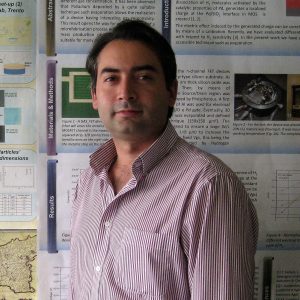 “I was lucky to be able to share some of the work with a Nobel Prize winner. It’s not something you see every day. I had conducted the experiments for this study at the ELI Institute in Prague thanks to innovative materials produced in the FBK Micro-Nano Facility laboratory and then collaborated with an international team of experts from different research institutes. Professor Mourou learned about what we were doing and wanted to participate.”
“I was lucky to be able to share some of the work with a Nobel Prize winner. It’s not something you see every day. I had conducted the experiments for this study at the ELI Institute in Prague thanks to innovative materials produced in the FBK Micro-Nano Facility laboratory and then collaborated with an international team of experts from different research institutes. Professor Mourou learned about what we were doing and wanted to participate.”
It was a completely original idea that had never been carried out before because Picciotto and colleagues had used the chemical-physical characteristics of silicon as a host material to make boron and hydrogen interact in a plasma created by laser pulses. In particular, Picciotto was able to obtain a nuclear reaction that can be defined as “clean” as it does not involve the production of neutrons or gamma rays and therefore possible radioactive waste. A very promising solution for countless applications, for example in healthcare. Another important feature of the experiment was that the laser pulses used had a thousand times lower intensity compared to those used in the past and generated a hundred times greater energy than in previous experiments of this kind. Something therefore that distinguished itself in the panorama of advanced research in the field of lasers so much so that it attracted the attention of the winner of the Nobel prize in physics to be who became co-author of the scientific work.
But there is more to the activities of the FBK Micro-Nano Facility laboratory. “Our intention is that collaborations in this field”, Picciotto points out, “are bound to go on. In fact, at FBK we are already planning even more advanced materials that will be used for future experiments “.
“The activities that led Antonino Picciotto to establish relationships with the ELI center in Prague, the most powerful laser facility in the world, and with prof. Morou “, Mr. Bellutti explains,” are the result of the strategy adopted by the MNF research group. The main task of supporting the strategic activities of the Center for Materials and Microsystems with the teams of the various research units is accompanied by the exploration of new technologies that could become relevant in the future. This inevitably leads to a wider network of contacts in order to make the presence of the facility, and therefore of Fondazione Bruno Kessler’s, more and more frequent and important in the field of new micro and nanotechnologies, as was the case of the collaboration with prof. Morou”.
The Nobel Prize in Physics 2018
(m.s.) The Nobel Prize in Physics 2018 was awarded to Arthur Askin, Gérard Mourou and Donna Strickland for their fundamental discoveries in the field of lasers. In particular, the first, an American long-time researcher at Bell Laboratories in New Jersey, won half of the prize for the development of optical tweezers and their applications in biology, while Mourou and Strickland (the latter is the third woman to win the award after Marie Curie and Maria Goeppert Mayer) were awarded for the development and application of the revolutionary CPA (chirped pulse amplification) technique to lasers.
The technique, derived from radars, allows to amplify very short pulses of electromagnetic radiation, of the order of the femtosecond (10⁻¹⁵ seconds), offering the opportunity to investigate some extremely rapid processes that take place at the atomic and molecular level. An ever expanding field of research, in which the bar is bound to be placed ever higher: in the ELI (Extreme Light Infrastructure) European project – an infrastructure being completed between the Czech Republic, Hungary and Romania – the goal is to reach the threshold of the attosecond (10⁻¹⁸ seconds) and at the powers of the order of tens of petawatt (10¹⁵ watt).
Gérard Moou (Flickr)
